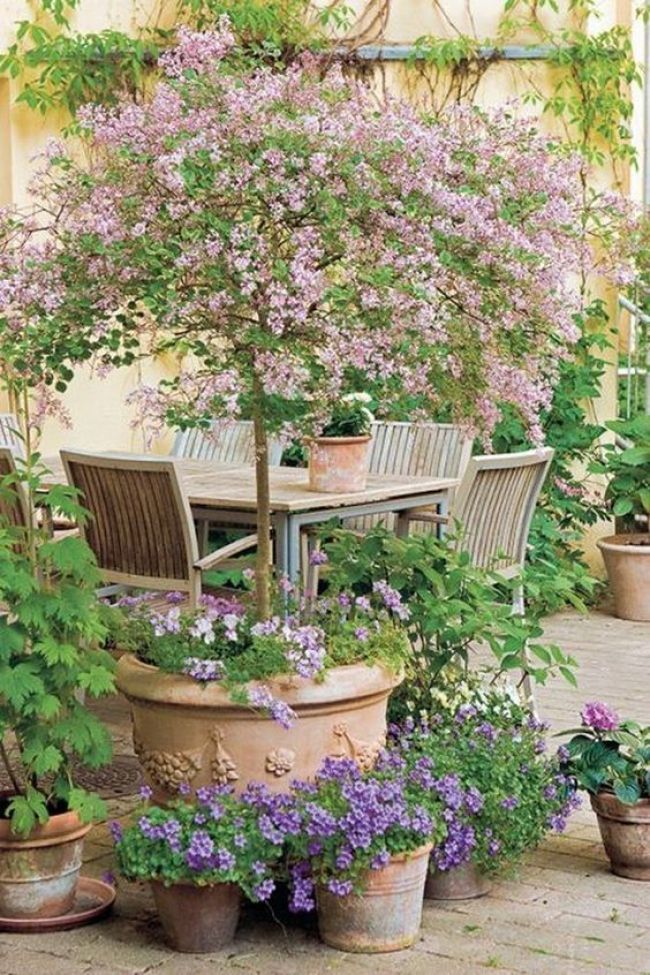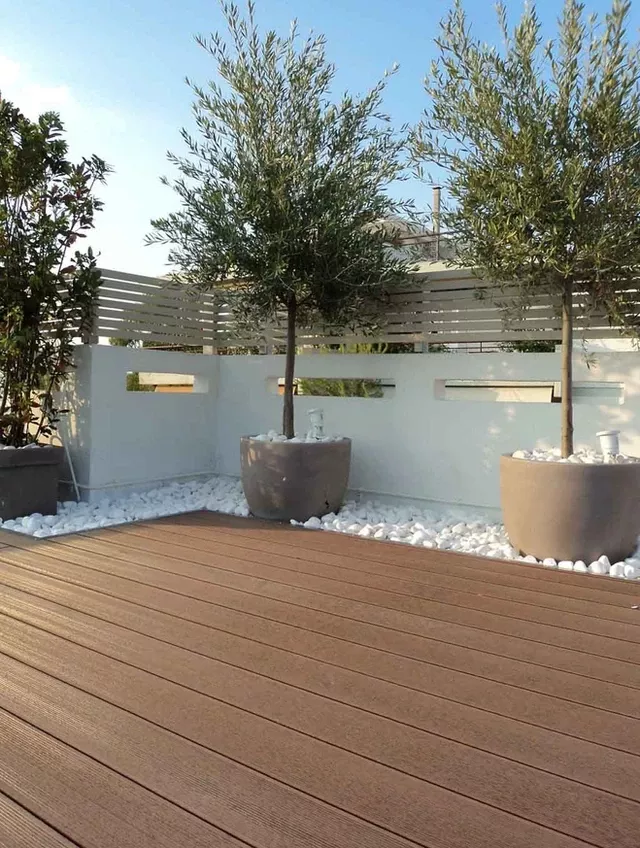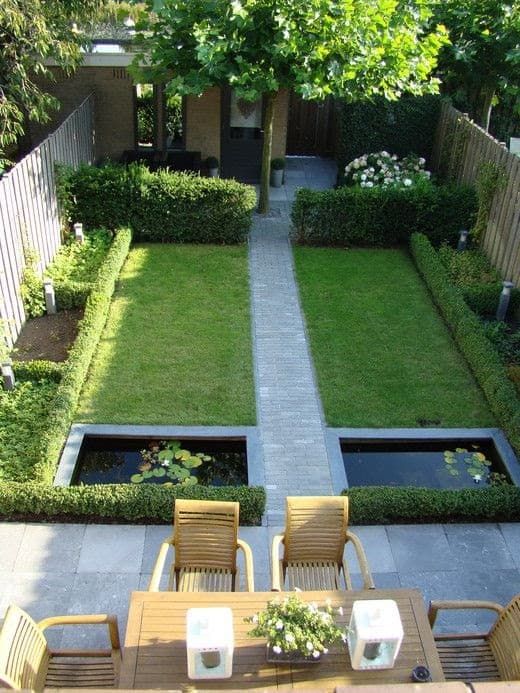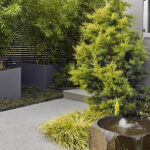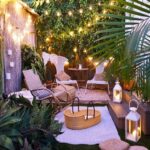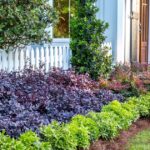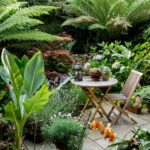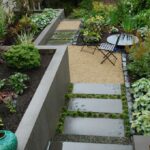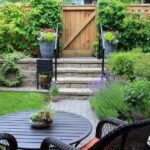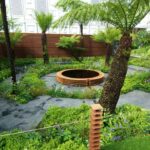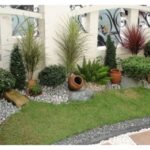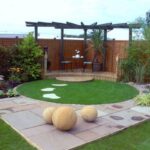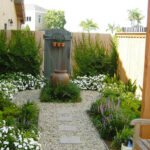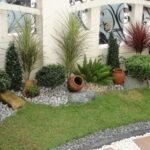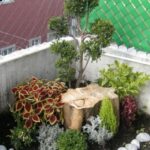Small garden landscapes can pose a unique challenge for homeowners who want to create an outdoor oasis in limited space. However, with some thoughtful planning and creative design, even the smallest of yards can be transformed into a beautiful and functional garden. By utilizing smart design techniques and maximizing every inch of space, homeowners can create a small garden landscape that is both visually appealing and practical.
One key element of small garden landscaping is to carefully select plants that are well-suited to the size and conditions of the space. Opting for compact or dwarf varieties of plants can help maximize space and prevent overcrowding. Additionally, choosing plants that are low-maintenance and drought-tolerant can help reduce the amount of time and effort required to care for the garden.
Incorporating vertical elements such as trellises, arbors, or hanging planters can also help maximize space in a small garden landscape. Vertical gardening allows plants to grow upwards rather than outwards, freeing up valuable ground space for other elements such as seating areas or pathways. Additionally, vertical elements can add visual interest and dimension to the garden design.
Another important consideration in small garden landscaping is creating distinct zones or areas within the space. By dividing the garden into different sections, such as a dining area, a seating area, and a planting area, homeowners can make the most of the available space and create a sense of order and organization. This can help prevent the garden from feeling cluttered or chaotic, even in a small space.
Utilizing clever design tricks such as mirrors, strategically placed lighting, or reflective surfaces can also help create the illusion of a larger space in a small garden landscape. Mirrors can be used to reflect light and create the impression of depth, while well-placed lighting can highlight key features of the garden and create a warm and inviting atmosphere. Reflective surfaces such as water features or metallic accents can also help bounce light around the space and make it feel more open and airy.
In addition to plants, hardscaping elements such as pathways, retaining walls, or pergolas can also play a key role in small garden landscaping. These elements can help define the layout of the garden, provide structure and visual interest, and create separate areas for different activities. By carefully selecting materials and designs that complement the overall aesthetic of the garden, homeowners can create a cohesive and harmonious small garden landscape that is both beautiful and functional.
